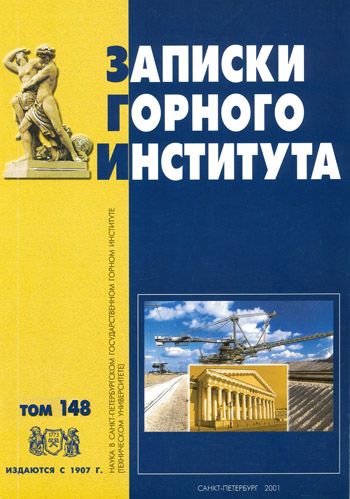Issues in mechanical ice drilling
- St. Petersburg State Mining Institute
Abstract
Drilling of the ice cover in different areas of the globe, and, above all, in Antarctica and Greenland, attracts the scientific community mainly by the opportunity to study the history of the Earth's development using mineral and biological inclusions. Large ice columns, accumulated over many millennia, preserve inclusions, which can be used to judge, in particular, about possible cataclysms on the planet in different periods of its life, microbiological and other changes in its development. Such inclusions can be mineral dust particles, microorganisms in their various forms, plant spores, contained in drilling ice cores, lifted from various depths of wells. Such boreholes are penetrated either by melting ice with an annular heating tool, inside which a column of ice core remains, or by mechanical rotary method, in which ice is broken by a cutting downhole tool in the form of a bladed drill bit with a central hole for core penetration. Let us dwell in more detail on the mechanism of ice breaking during drilling by this method.
